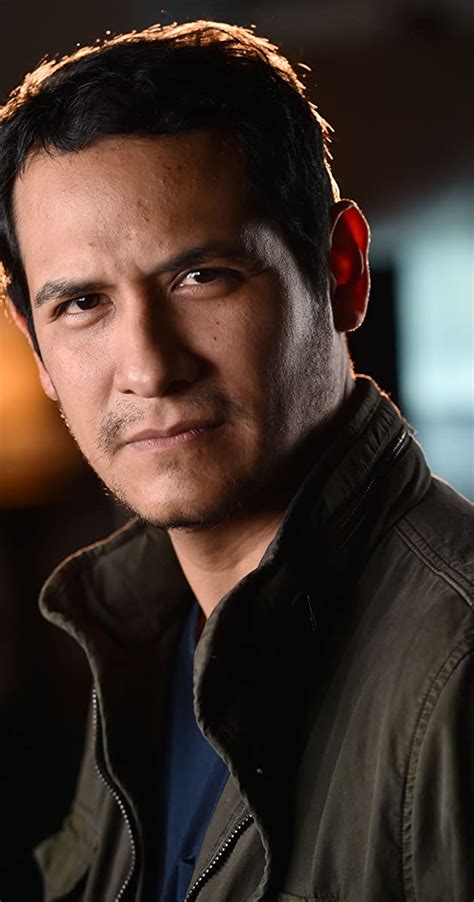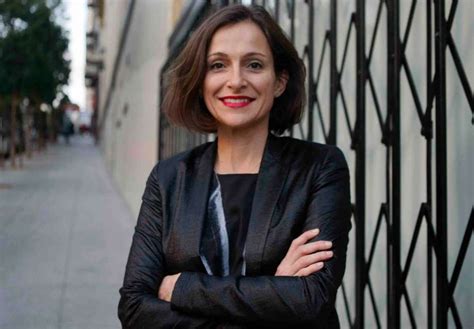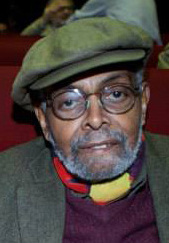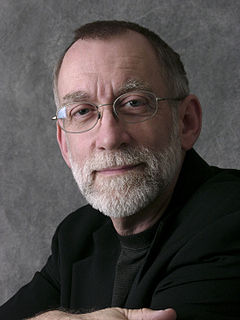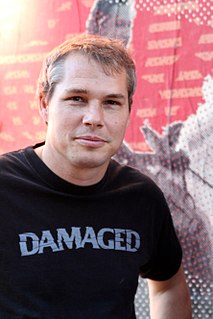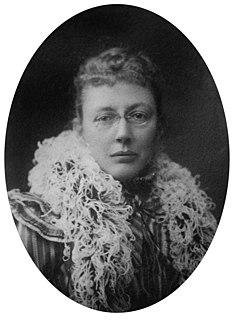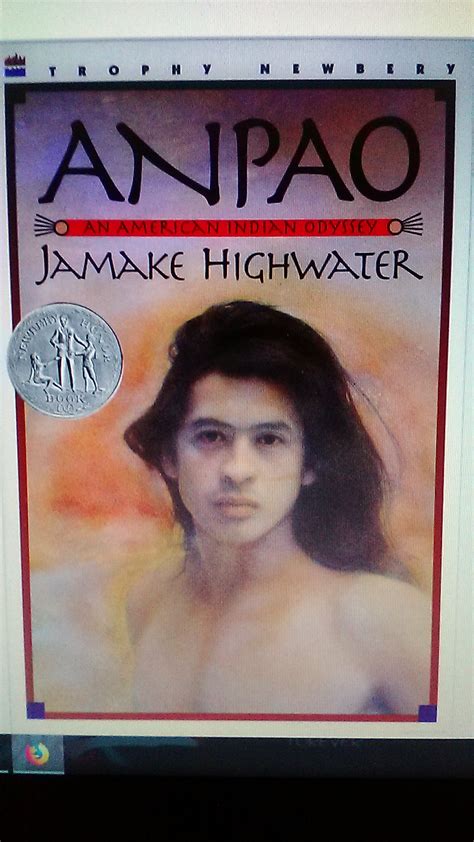A Quote by Jaime Zevallos
You can't really have art without having a sense of community as art is for others to enjoy as well.
Related Quotes
(...) contemporary art has become a kind of alternative religion for atheists. (...) For many art world insiders and art aficionados of other kinds, concept-driven art is a kind of existencial channel through which they bring meaning to their lives. It demands leaps of faith, but it rewards the believer with a sense of consequence. Moreover, just as churches and other ritualistic meeting places serve a social function, so art events generate a sense of community around shared interests
The word “art” is something the West has never understood. Art is supposed to be a part of a community. Like, scholars are supposed to be a part of a community... Art is to decorate people’s houses, their skin, their clothes, to make them expand their minds, and it’s supposed to be right in the community, where they can have it when they want it... It’s supposed to be as essential as a grocery store... that’s the only way art can function naturally.
Concrete, Steel & Paint portrays the core values of restorative justice-respect, responsibility and relationships-expressed through art. it is art that involves victims, offenders and communities in a dialogue that is sometimes difficult and painful, sometimes reconciling, but always engaging. As one prisoner says in the film, 'We have come together collectively through art.' It will be a great discussion tool for college classes, community groups and others interested in issues of justice, community-building, conflict resolution and socially-engaged art.
And I do think that good art - the art that tends to last - is that art that hits human beings on several different levels at once because everybody's different. Some people approach art through their emotions, others through their head, and the art that can appeal to all of those levels is more likely to reach more people. Having more people see the work doesn't necessarily mean better art but it stands a better chance of lasting.
When it comes to the street-art world, there are a lot of people who realize if they go out and put up a few pieces of street art and photograph them really well, even if their locations weren't actually that high-profile or dangerous, with the level of exposure they get from the Internet, with a large audience, they can maintain that rebel cache by having it be theoretically documented street art.
